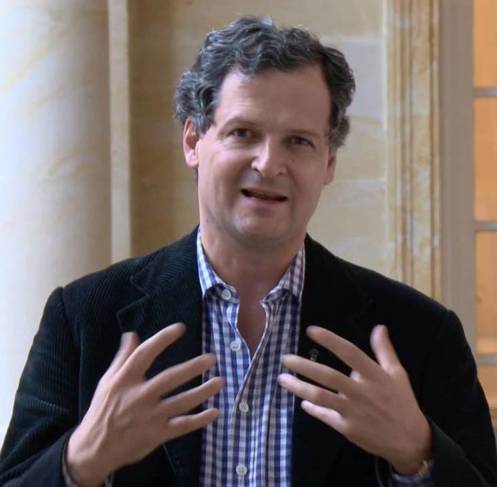
Six years in the making, the Colombian peace treaty has been hailed as one of the most comprehensive peace treaties ever negotiated. Parties and mediators in other peace processes are now picking the agreement apart, looking for elements that can help resolve the seemingly unresolvable dilemmas that they face.
But the road to peace in Colombia was long-winded, and full of detours, and took not only great strategic foresight, but also a capacity for improvisation.
- What role did a strategic design play in the Colombian peace process?
- What were the major obstacles, and how were they overcome?
- Given both the general Colombian context and the design of the peace treaty, where are the major stumbling blocks during implementation?
Welcome to an afternoon seminar at PRIO, where Sergio Jaramillo will give a talk on thes topics, chaired by PRIO director Kristian Berg Harpviken.
Sergio Jaramillo Caro, the Colombian High Commissioner for Peace, has played a central role in the Colombian peace process since its initiation in 2010.
He has a background in philosophy and language, he has served as a diplomat and government advisor, and was Colombia’s deputy minister from 2006 to 2009, with President Santos serving as the minister.
He is uniquely well placed to reflect on the Colombian peace process, its achievements and its challenges ahead, examining both the distinct character of his own country’s problem and suggesting ways in which elements of the peace treaty he has been so deeply involved with may carry lessons to be taken to heart in other places where peace seems a distant an unrealistic dream.





